Thirty-storey student block would replace music venue and neighbouring industrial building
Proposals for a 30-storey student-housing block designed by SimpsonHaugh have been submitted for approval to Manchester City Council.
The scheme, drawn up for Unite Students, would deliver 573 student bedrooms in a mix of apartment sizes, along with communal facilities, bike parking, and commercial space on a plot in New Wakefield Street.
However the proposals would also require the demolition of two buildings on the 0.08 hectare site – the Sound Control music venue and a neighbouring disused industrial building.
A design and access statement submitted as part of the application said both structures were “modest functional buildings” that extended the full width of their plots from New Wakefield Street to the River Medlock. It said neither were listed, or recognised as non-designated heritage assets.
Of the two, the statement suggested the Sound Control venue was the older, dating to the “late 19th or early 20th Century”, with the building at 3-5 New Wakefield Street thought to be early 20th Century.
In a cover letter supporting the application, planning consultant Turley said the proposals were being submitted following an extensive public consultation exercise, and had been “informed by engagement with a variety of key consultees to the city council” that included Historic England and the Places Matter design review panel.
A pre-application advice letter from Historic England included in the design and access statement said the development of the New Wakefield Street site had the potential to affect the setting of the nearby grade II* listed Principal Hotel, formerly the offices of the Refuge Assurance Company.
The heritage adviser said the structure, designed by Alfred Waterhouse and with later additions by son Paul Waterhouse, was “a building of high architectural significance” and a “powerful city centre landmark”, with its clock tower visible in long and near views on the Oxford Street/Oxford Road corridor.
However it concluded that the fact the proposed tower was set back from the main road would mitigate its impact on views.
The SimpsonHaugh proposals are open for consultation until August 21.



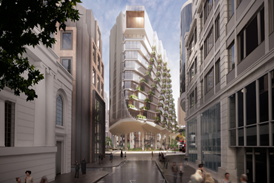
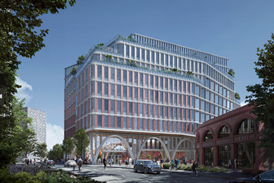
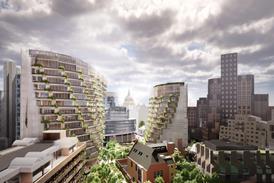


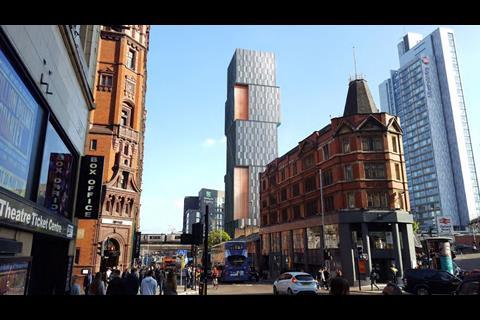

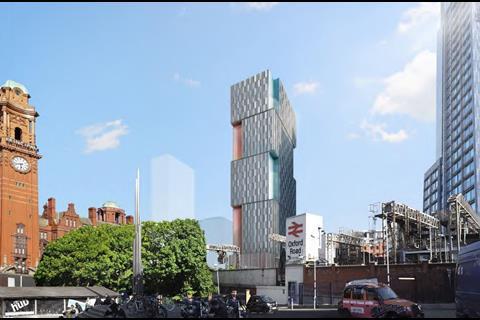

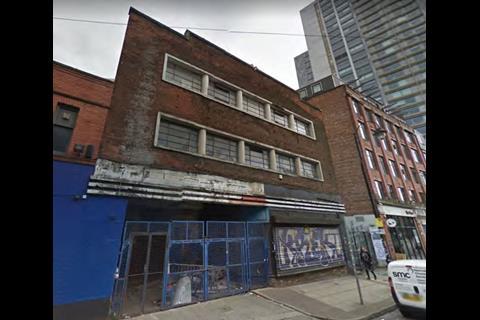
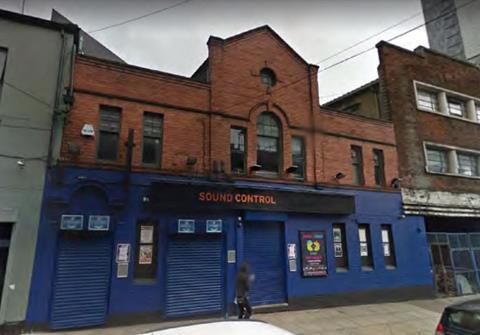




9 Readers' comments